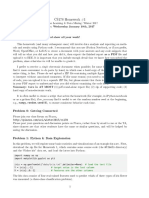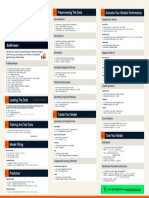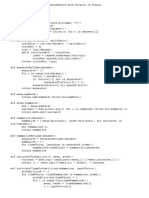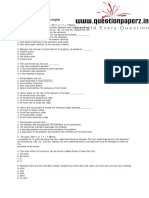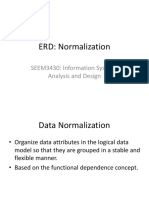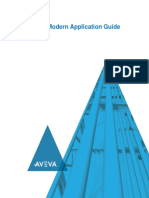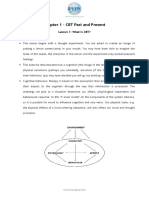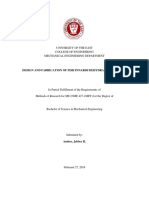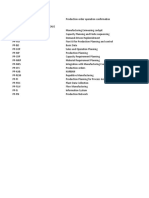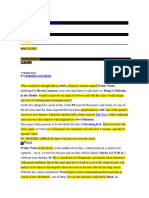0% found this document useful (0 votes)
73 views5 pagesCase Study - Classifier
1. The document describes a case study comparing different machine learning classifiers - SVM, KNN, K-means clustering, and decision trees - on a bill authentication dataset.
2. The SVM, KNN, and K-means classifiers are implemented on the dataset, with the KNN and K-means classifiers achieving 100% accuracy on the test data.
3. The document discusses preprocessing steps like feature selection and train-test splitting, and evaluates the different classifier performances using classification reports.
Uploaded by
Stuti SinghCopyright
© © All Rights Reserved
We take content rights seriously. If you suspect this is your content, claim it here.
Available Formats
Download as PDF, TXT or read online on Scribd
0% found this document useful (0 votes)
73 views5 pagesCase Study - Classifier
1. The document describes a case study comparing different machine learning classifiers - SVM, KNN, K-means clustering, and decision trees - on a bill authentication dataset.
2. The SVM, KNN, and K-means classifiers are implemented on the dataset, with the KNN and K-means classifiers achieving 100% accuracy on the test data.
3. The document discusses preprocessing steps like feature selection and train-test splitting, and evaluates the different classifier performances using classification reports.
Uploaded by
Stuti SinghCopyright
© © All Rights Reserved
We take content rights seriously. If you suspect this is your content, claim it here.
Available Formats
Download as PDF, TXT or read online on Scribd
/ 5

































